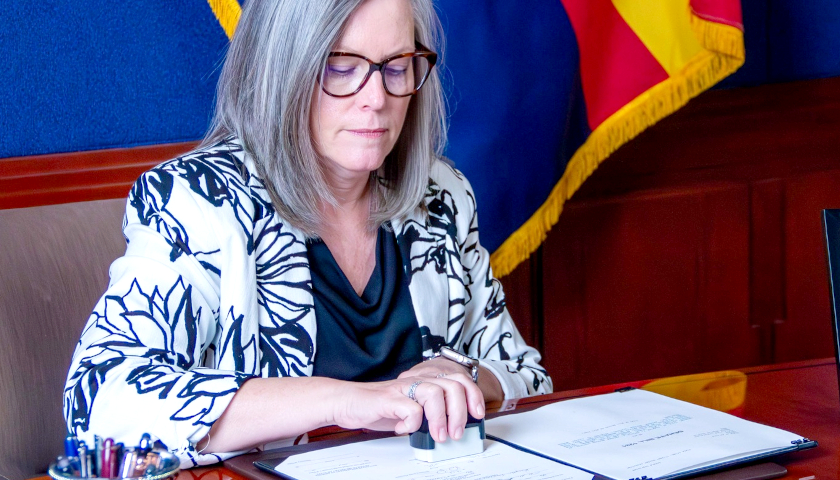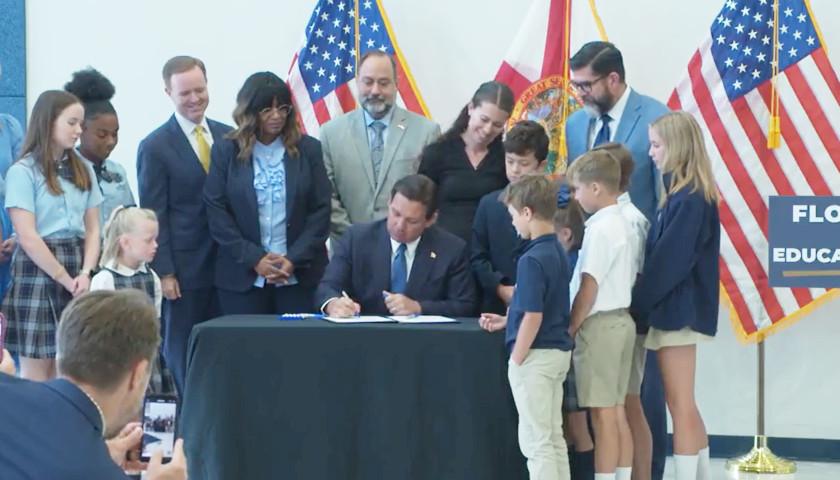A recent report given to state lawmakers shows that overall North Carolina charter schools are outperforming their traditional counterparts.
The report also shows that North Carolina charters are in high demand and are also attracting more economically disadvantaged and minority students.
Except for high school math, subgroups in charter schools performed better than non-charters in English/LA, Elementary and Middle Math, and Science,” Rhonda Dillingham, Executive Director of the NC Association for Public Charter Schools told Battleground State News.
When North Carolina opened the legislative door to public charter schools back in the late 1990s, there were just a little over 4,000 students enrolled in charter schools.
In 2012, there were just over 45,200 students in 100 charter schools across the state. Five years later, there were roughly 168 charter schools serving around 91,800 students.

Now, North Carolina currently has 184 charters operating in the state which enroll more than 109,000 students or 7.3 percent of state’s total average daily membership.
And the demand for charter schools is high.
There are roughly 55,000 students on charter school waiting lists according to a presentation given to the State Board of Education by David Machado, Director of the Office of Charter Schools.
Thirty-five new charter applications were accepted in 2018 and there was one charter school closure which was due to low enrollment.
Eighteen of the thirty-five new charter school applicants were for schools in urban districts or the surrounding areas. Wake County is the largest district in the state and the 15th largest in the county and had the most applicants with eight.
Others included:
-Mecklenburg County (5 applicants)
-Gaston County (1 applicant)
-Guilford County (2 applicants)
-Cumberland County (2 applicants)

The report shows that diversity continues to increase in the charter system, outpacing many traditional district school systems.
Black, Hispanic and other minority student levels rose to 45 percent in the 2017-18 school year. Four years ago, the minority student level was at 41.5%.
These numbers seem to dispel the notion held by some education organizations that families choosing charter schools are engaging in ‘segregation’.
“Charter schools are becoming more racially diverse,” Dillingham said.
“Anti-charter proponents often assert that charter schools choose their students and/or they are contributing to the resegregation of public schools. This is false,” said Dillingham. “Charter schools are required by law to hold an open enrollment period in which any parent can apply to enroll their child. If the number of students exceeds the number of available seats, charters hold random lotteries.”
The number of economically disadvantaged students enrolled in 2017-18 was down last year dropping 1.8 percent from about 35 percent four years ago.
“We also have schools that are doing great things with their economically-disadvantaged (ED) students,” said Dillingham. “Six schools with an ED population greater than 70% showed EVAAS growth scores of greater than +2. With the addition of the federal NC ACCESS grant, we will see more schools increasing their ED enrollment.”
 EVAAS stands for Education Value-Added Assessment System, which is a tool used to study learning of students across subjects and allows for the generation of custom charts, graphs, and reports to be used to predict student success.
EVAAS stands for Education Value-Added Assessment System, which is a tool used to study learning of students across subjects and allows for the generation of custom charts, graphs, and reports to be used to predict student success.
But the numbers for economically-disadvantaged students might be even higher and the problem might be how the data is being tracked.
“To accurately capture the ED statistics, we need a consistent metric,” Dillingham said.
“Since charter schools are not required to participate in the National Free and Reduced Lunch program, they rely on parents to self-report income information,” said Dillingham. “This consistent metric would reveal the true ED percentage of enrollment in schools, which most schools believe is under-reported.”
The report also shows that the number of charters exceeding growth estimates went up from 36 to 46 during 2017-18
The number of charter schools exceeding growth, which is the amount of academic progress that students make over the course of a grade or class, increased from 36 in 2016-17 to 46 in 2017-18.
– – –
A.P. Dillon is the North Carolina Bureau Chief for The Tennesee Star and a reporter at Battleground State News. Follow A.P. Dillon on Twitter. Email Tips to [email protected].








